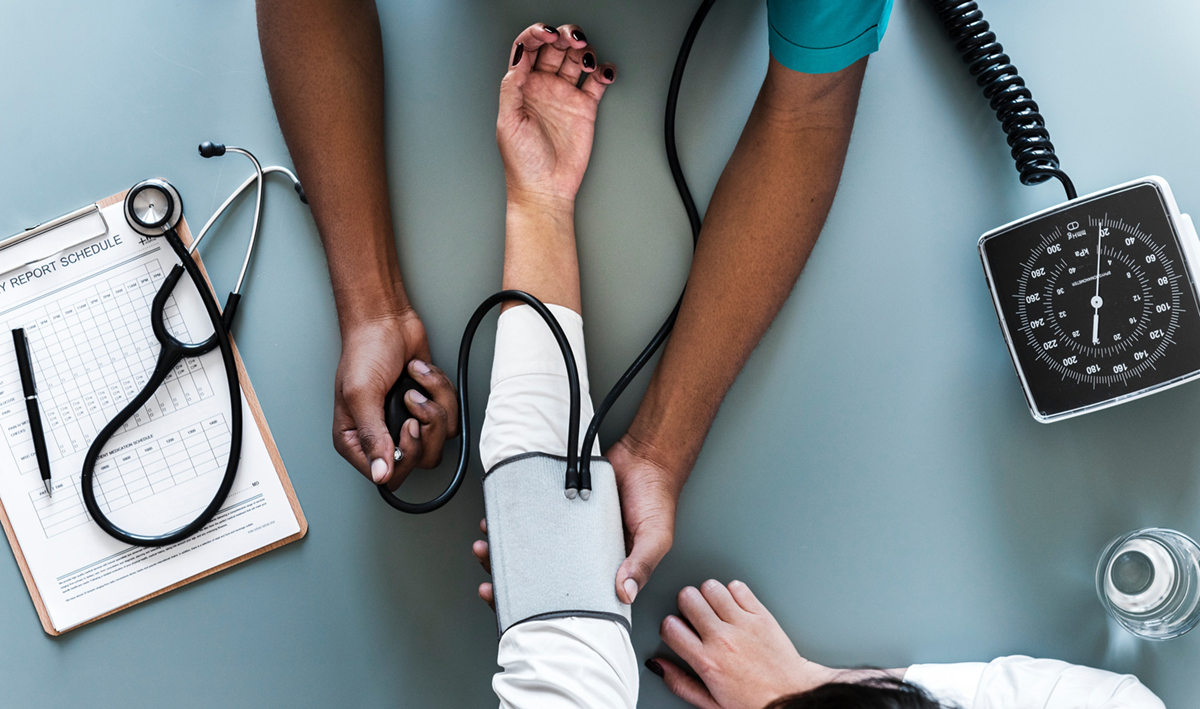
Checking One's Blood Pressure
Maintaning good blood pressure is key to good health. Therefore, it is essential to keep your blood pressure in a normal range for your age. You might take any of the following methods into consideration once you decide to measure your blood pressure.
Methods for Measuring One's Blood Pressure
The most traditional, most practical and most precise way of measuring your blood pressure involves using a stethoscope and a blood pressure cuff. All you need to do is to place the cuff on the upper part of your arm, right above the elbow then, place the stethoscope on the inside of your arm, on the crease of your forearm. It is important to purchase good equipment for this purpose, so you can get an accurate reading. Then, pump the cuff until it reaches 180, then you start releasing the pressure slowly, begin listening to the beats through the stethoscope. The louder one is systolic while the less prominent is your diastolic blood pressure. By measuring the onset and the cessation of these beats and by looking at the readings, you can successfully measure your blood pressure. Repeat the whole process once again, just to be sure. Make sure that the stethoscope is placed on your brachial artery when taking the test. Additionally, once you start pumping and releasing air, bear in mind that you may have high blood pressure and that 180 may not be high enough for the initial value. Then, pump it a bit higher. Also, when you start releasing the air, it needs to be done very slowly, since performing this too fast will not give you time for successful reading of the blood pressure data.
When Not to Measure One's Blood Pressure
You should avoid measuring blood pressure on extremities which were affected by an IV, dialysis or a shunt, paralysis, injury of any sorts, ulcers and similar problems, circulation issues, excessive fluid production etc. All these things will interfere with proper readings and the pressure from the cuff may cause additional complications. Thus, skip this method if one has affected limbs. Alternatively, if one's arms are unavailable for these purposes, the blood pressure is measured on the thighs.


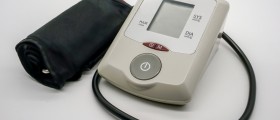
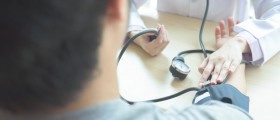



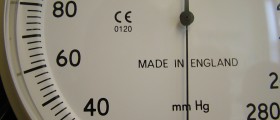

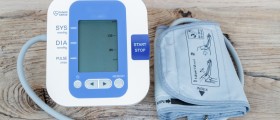



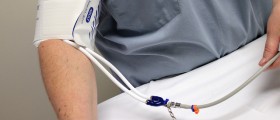
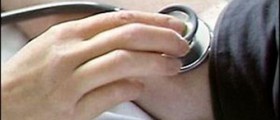

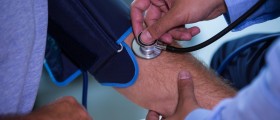
Your thoughts on this
Loading...